4.5/5 rating. PG-13 Disney+ and IMDB
John: Stand behind me, this might get dangerous. (John fights the Zodangansand loses his sword, so Dejah finds it and kills the remaining enemies)
John: Or maybe I ought to get behind you . . .
(Dejah cleans the blood off the sword on John’s clothes.)
Dejah: You let me know when it gets dangerous.
And tomboys and feminists jumped to their feet to cheer this new take on the 1917 novel, A Princess of Mars, by Edgar Rice Burroughs (author of Tarzan). The novel’s first front cover portrays Dejah Thoris, the princess, cowering behind John Carter, both with sparse clothing. This film adaptation significantly improves the costuming (i.e. more of it) and sets Dejah Thoris up as a hero equal to John, as seen in the above dialogue. The film also vastly levels up from the 2009 film version.
When you watch John Carter, keep an eye out for the line, “A princess of Mars,” to reference the story’s source.
The novel is worth reflecting on further as it’s reportedly the inspiration for James Cameron’s Avatar. Indeed, John Carter portrays the green Tharks aliens in proportions not unlike Avatar‘s blue Na’vi aliens . . . with extra arms as per Burrough’s description. The Tharks were filmed with live motion capture the same as Avatar‘s Na’vi characters but one-ups Avatar by putting Tharks actors on stilts.
George Lucas’s inspiration for Star Wars likewise had roots in A Princess of Mars, where Mars, as well as Dune‘s Arrakis, as desert planets preceded good old Tatooine. The present John Carter returns in kind by reviving Star Wars-esque tropes of speeder chases over the desert and battles with huge monsters in enclosed spaces.
All this said, Burroughs was struggling to maintain credibility when he published the story as serials under a pseudonym beginning in 1912. The novel’s cover art illustrates the era’s gender tropes, but it makes sense if you put Burrough’s sparsely clad Tarzan and Jane on Mars.
The actors, director, special effects and camera work in John Carter succeed at maintaining what Burroughs was afraid to lose and what the 2009 film version lacked: dignity and credibility. I avoided John Carter for a long time with exactly these concerns but was pleasantly surprised to find out how good it was. John Carter‘s lack of box office success is widely reported to have been due to a major marketing misstep, in which the marketing department didn’t believe in the film’s potential to the same degree as its creators. Too bad. The creators’ hard work shows.
Note the film’s messiah theme that distances itself from the strong-man-weak-woman stereotype: John Carter with his JC initials partners with a smart, sword-savvy female character such that both are required to fight to win each other and restore order. JC sci-fi heroes happen from time to time as a nod to a suffering saviour figure, the way John Connor is in Terminator, or Captain James Kirk is in Star Trek, with one vertical stroke too many in his last name. John Connor’s mother, Sarah Connor, is one of sci-fi’s early, definitive strong woman heroes.
John Carter moves at an enjoyable pace through both the “civilized” and wild west/frontier worlds of Civil War-era America, into the sci-fi world of Mars touched by the steampunk genre with Second Industrial Revolution-era cogs and wheels driving advanced technology. The Martian civilizations also involve an intriguing mashup of Ancient Middle Eastern desert nomad, Roman, and Egyptian architecture and mythology. These meet sweeping landscapes in the context of a coherent story and a fantastic twist that I didn’t see coming but that was set up perfectly.
Here’s what I enjoyed: the dialogue is succinct and on point; the music works well with a memorable main theme; the rituals heighten tension and meaning; the subtle foreshadowing throughout pays off at multiple later points; the action and dialogue are mirrored as chiasms at key plot points to redeem the protagonists (bring order) or expose the antagonists (send them into chaos); and the plot points cohesively transition. Humorous interactions with animals (alien though they be) are great comic relief and make the audience more deeply empathize with characters who treat animals compassionately (a classic story-telling tool, as in Alita: Battle Angel). Well-defined characters resist each other and circumstances to make the tensions natural and the plot flow easily.
Overall, I couldn’t identify a single glaring loose thread. Every major protagonist evolves while antagonists devolve and helper characters remain appropriately static, all driving a plot that completely makes sense. Notice when characters say, “I want . . .,” as it sets up characters at odds with each other and reveals their and the story’s driving forces.
My favourite line: “My opinions are about to become irrelevant.”
A note on the cast and writing. No wonder Thars Tharkus is such a strong alien character: it’s Willem Defoe’s voice and walking-on-stilts-motion-capture acting behind it. Several big names hide among the Tharks aliens including Jon Favreau (Happy in Iron Man, director of The Mandalorian, etc.) and David Schwimmer (Friends).
Finally, does the playfulness in John Carter feel familiar? It was co-written and directed by Andrew Stanton, the Pixar animator famous for co-writing and directing Finding Nemo, Wall-E, Monsters Inc, and Brave (the same year as John Carter) among a myriad of other notables.
Review written by: Jazmine Lawrence, Captain (Retired, RCAF), BSc Honours Physics, MA (Theology) student, future sci-fi author.

